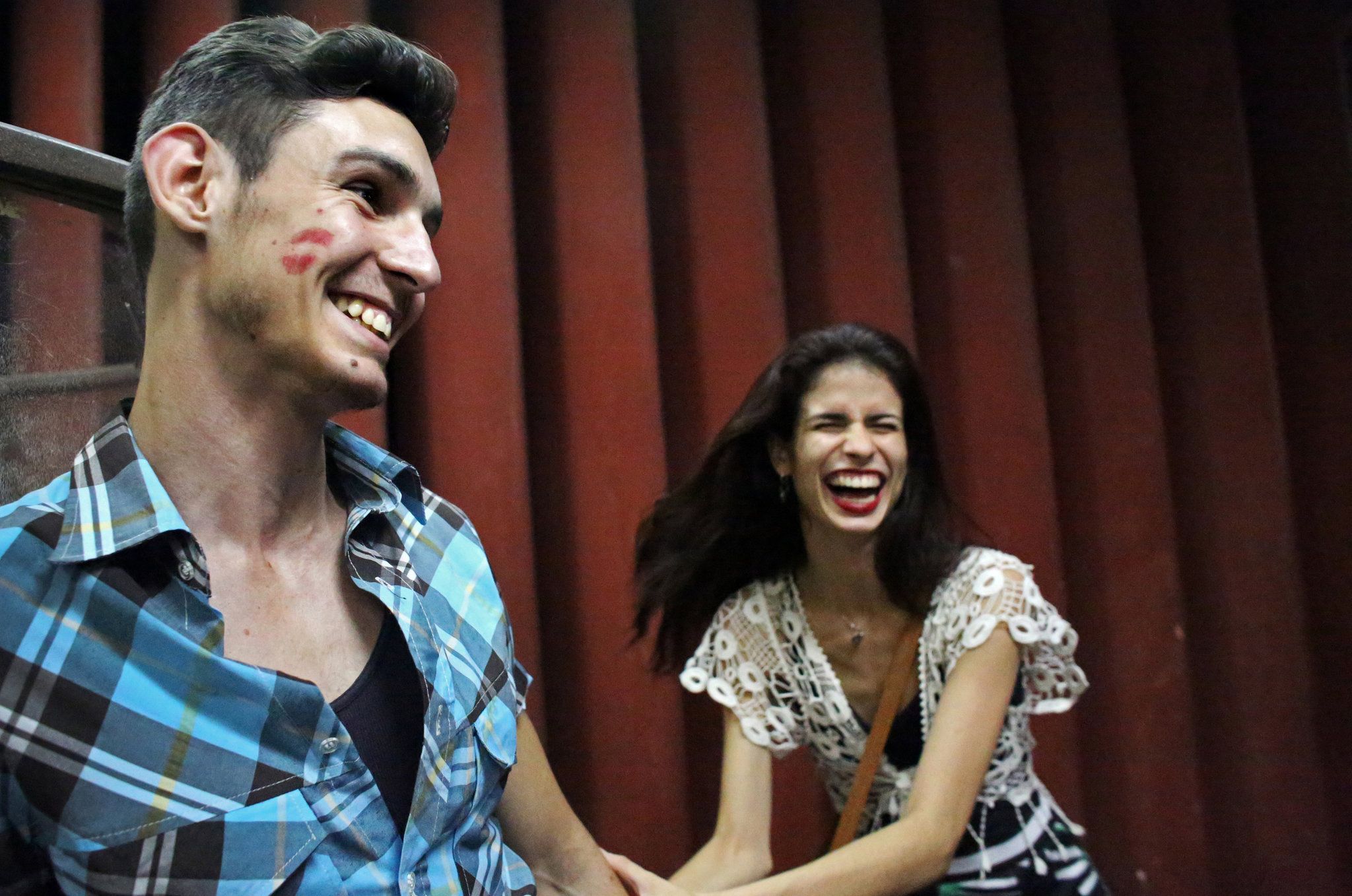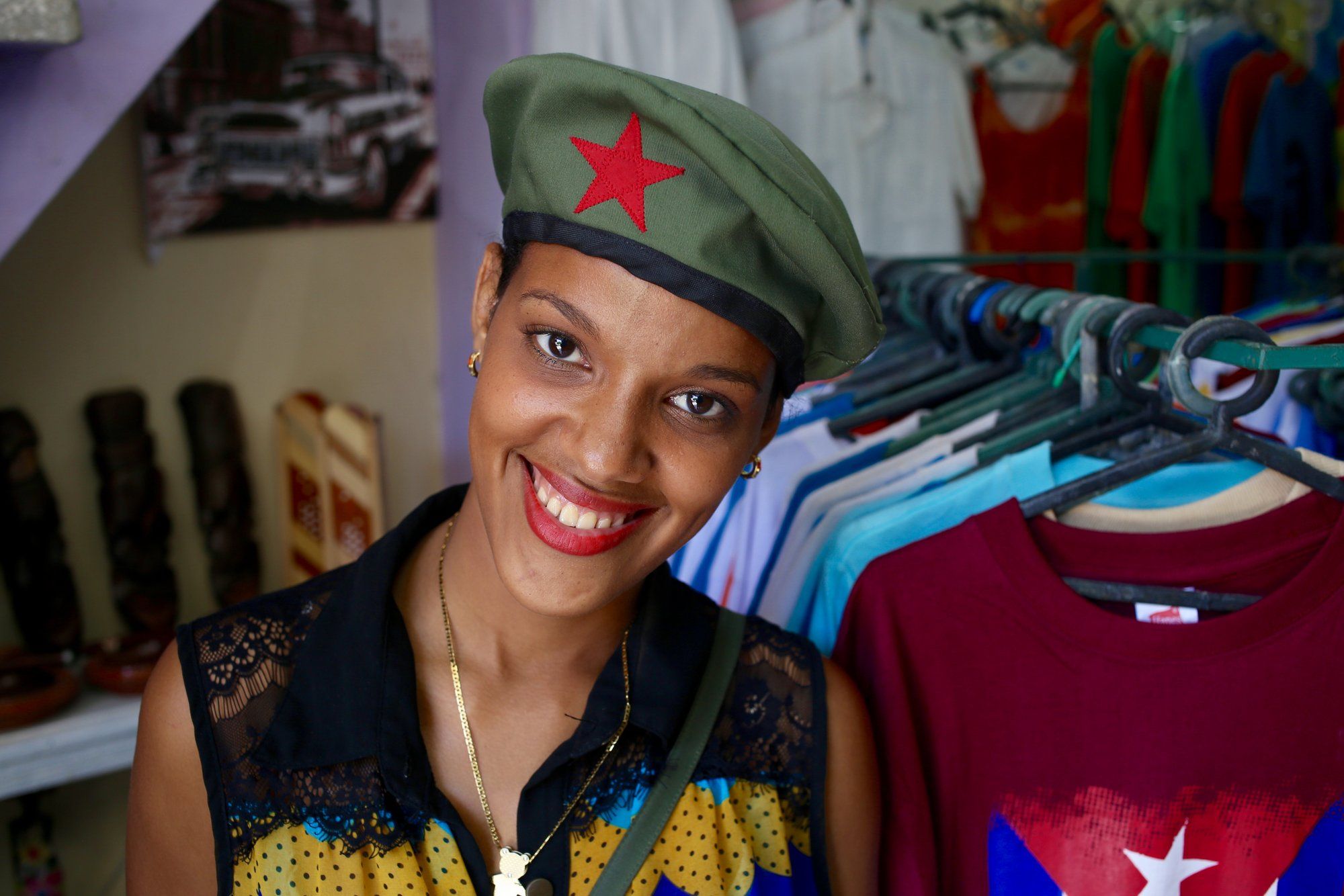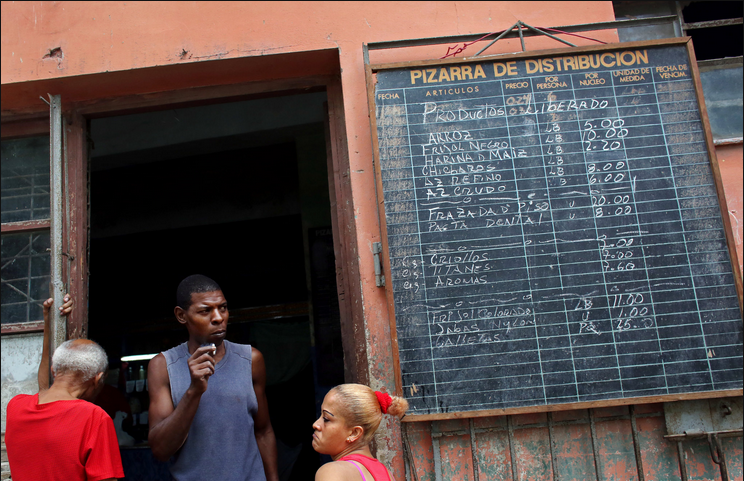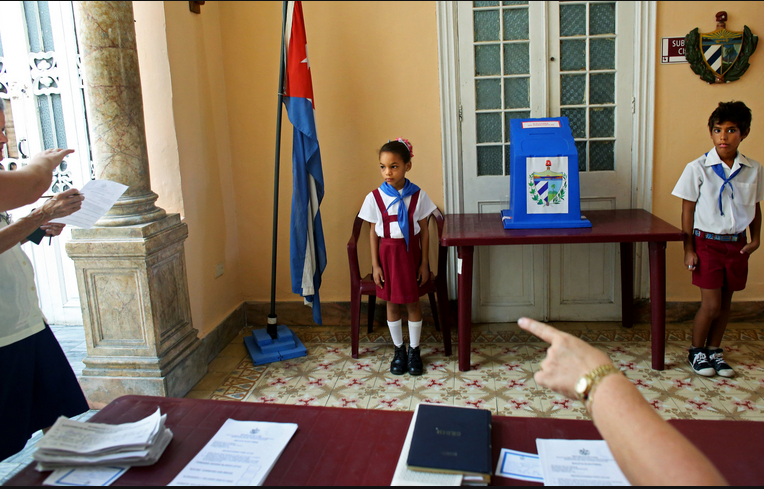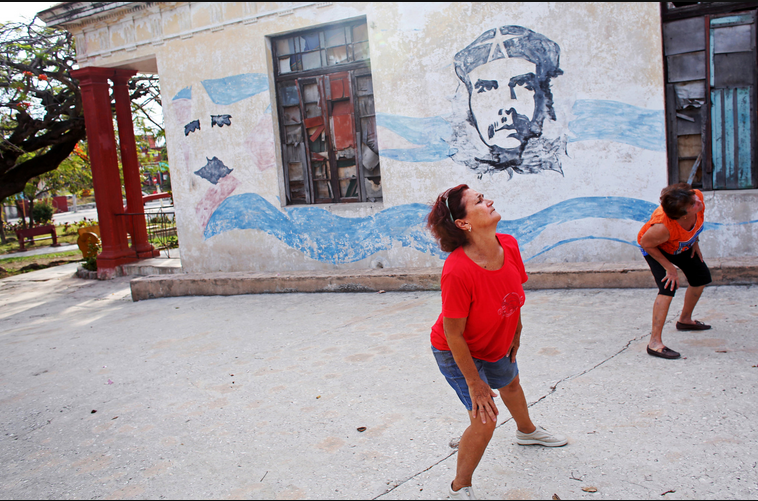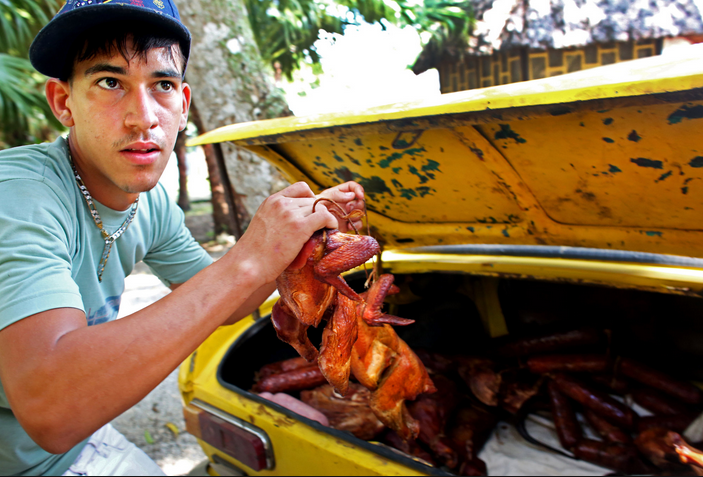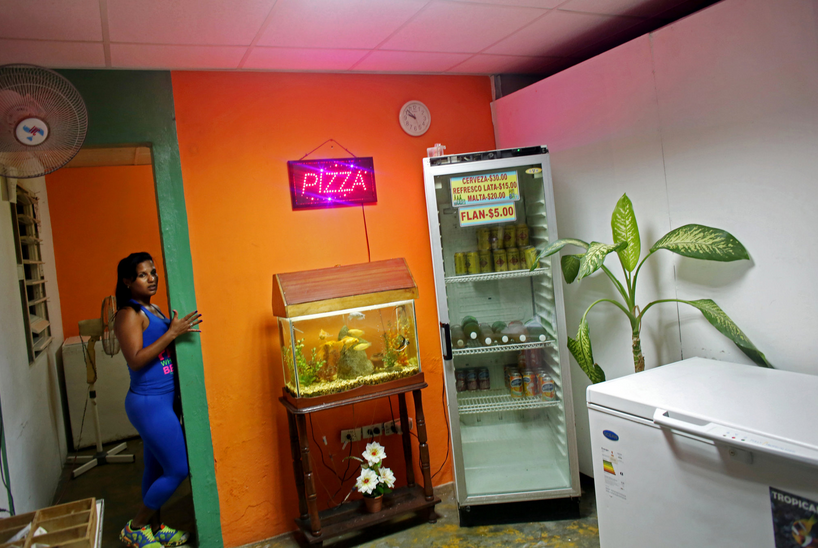The attached activities and discussions are written as notes for the facilitator. Please feel free to adapt this lesson.
This lesson requires a basic understanding of Cuba-U.S. relations.
Recommendations for lesson placement:
World History or U.S. History: Cold War Unit, following Cuban Missile Crisis Government; Economics: Following comparison of types of government or economic models.
CCSS.ELALiteracy.RH.910.9
Compare and contrast treatments of the same topic in several primary and secondary sources.
Objective:
Examine current events in Cuba, now that the US and Cuba have restored diplomatic ties.
Essential Question: Is Cuba in the midst of positive change, negative change, or stagnation?
Introducing the Lesson:
Today we are going to examine some photo, print, and broadcast journalism recently produced by two Pulitzer Center on Crisis Reporting grantee journalists, Tracey Eaton and Yana Paskova. Take a piece of paper and make three columns. On the top of the first column, write “positive change.” On the top of the second column, write “negative change.” On the top of the third column, write “stagnation,” meaning things stay the same.
Step 1:
Cuba: Reliving Memories of Communism
Scroll through slideshow. Give each photo a number and read the captions.
If time is an issue, just go through the first row of photos
For each photo, students individually decide if it represents positive change, negative change, or stagnation for Cuba. Write the number of the photo in the appropriate column and provide a reason for its placement.
Ask students to share their responses and reasoning out loud.
Example: Photo 2 represents stagnation because there continues to be food rationing.
Step 2:
Read “Cuban Youth: A New Dawn” together as a class this will provide context for Eaton’s two articles.
Step 3:
Read “Cuban 20-Somethings Brace for Big Changes as Ties with U.S. Improve” and “Activists Say Historic Thaw Won't Help Cuban People” individually. While reading the articles and watching the related videos, place pieces of evidence in the appropriate column.
Read the first few paragraphs of Cuban 20Somethings together. Ask the class: Do you see any evidence of positives, negatives, or stagnation so far in this article? Student responses may vary. Some students may view the tourist shop’s existence as positive change since it shows entrepreneurship. Some may see Baez’s measly commission as a negative effect of capitalism creeping in.
Students continue to read and work on their own.
Step 4:
Homework, inclass writing assignment, or discussion
Answer the following question: Is Cuba in the midst of positive change, negative change, or stagnation?
Provide a clear thesis and at least four pieces of evidence from the photos and articles we looked at today in class.
